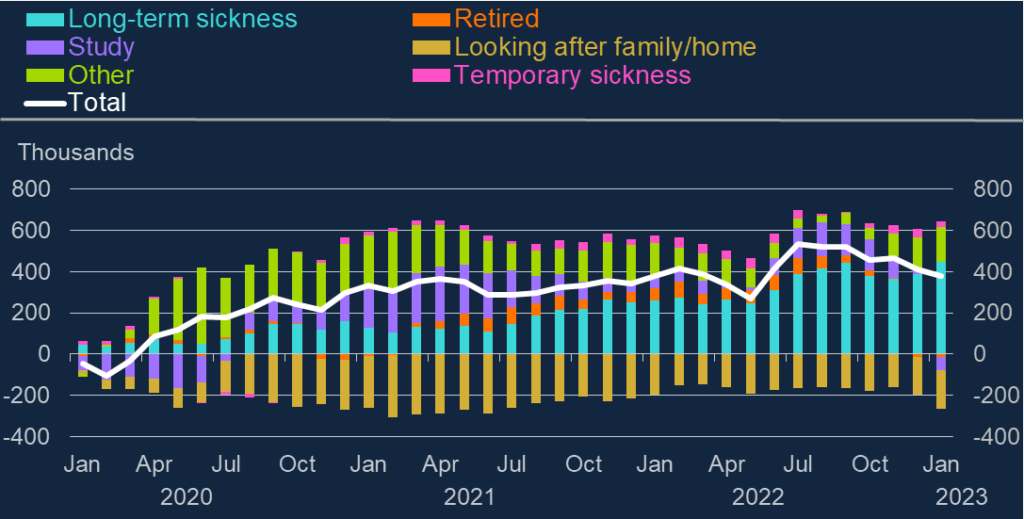
It has been quite a year for reading great books and being inspired by them for me: from An Immense World by Ed Yong last April, to Regenesis by George Monbiot and The Lathe of Heaven by Ursula Le Guin in October, to a great trio of reads in 2023 of The Capital Order by Clara Mattei, When The Lights Went Out by Andy Beckett and The Left Hand of Darkness by Ursula Le Guin. And that is just the books I have blogged about.
However, my stand out book this year is none of these. I have often heard people say they wish they had written some book or other, and I have never understood it until now. This is the book I would hope that a better version of me might have written in a parallel universe. Fortunately for you, Simon Sharpe has written Five Times Faster in this universe, and I am so glad he has.
Five Times Faster is funny, constantly surprising and has reframed my entire attitude to the climate crisis and what can be done about it. Perhaps it had more intensity for me as I read most of it aboard the XR bus from Birmingham down to London last weekend, but it has given me more hope for what Kim Stanley Robinson calls “dodging the mass extinction event” than I have had for some time.
Amongst the many wonders of this book is to reframe the time-worn story of the frog sitting in water which is slowly coming to the boil as a series of conversations with its science adviser, its economics adviser and its diplomatic adviser. To do it full justice you will need to read the book, but the gist of it goes as follows:
First of all, the frog asks its science adviser to investigate whether the water really is getting warmer. The science adviser confirms that it is, and also predicts that, in 5 minutes’ time, it will be a further 2o warmer, plus or minus 1o. The frog says it didn’t want a prediction, it wanted a risk assessment. It takes a while to get the science adviser to understand what this is but then, when asked what’s the worst that could happen, the adviser blurts out “That’s easy. You could boil to death.” In response to the question of how likely that is to happen, the adviser says that it would be very unlikely after 5 minutes, more likely than not after 10 and after 15 a certainty. So the frog now realises it needs to jump out of the pot.
The frog now turns to its economics adviser to ask how it should go about it. The economics advisor does a cost benefit analysis by first calculating the energy cost per cm of moving up the pot away from the water, converting this first into food consumption and then money, and equating this with the frog’s willingness to pay for not being boiled, which is derived from its air conditioning bill. The most efficient solution turns out to be to climb 4.73 cm up the side of the pot. Worried that it would just be replacing the risk of being boiled with one of being steamed to death, the frog ignores its economics adviser and jumps out of the pot.
Finally the general problem of the frogs and the relentlessly boiling water is put to the negotiators for a diplomatic solution. The sides of the pot are too high by now for most of them to jump out. The negotiators tell them they just need to raise their ambition and that this is the only game in town. The consequences of not accepting that analysis and looking at alternative salientian strategies make up the final third of the book.
I cannot recommend it highly enough. If enough people read it and act upon it, perhaps we can avoid this:

Source: https://commons.wikimedia.org/wiki/File:2012_Froschschenkel_anagoria.JPG Anagoria, CC BY 3.0 https://creativecommons.org/licenses/by/3.0, via Wikimedia Commons


